Home>Gardening & Outdoor>Landscaping Ideas>When To Mulch Your Grass
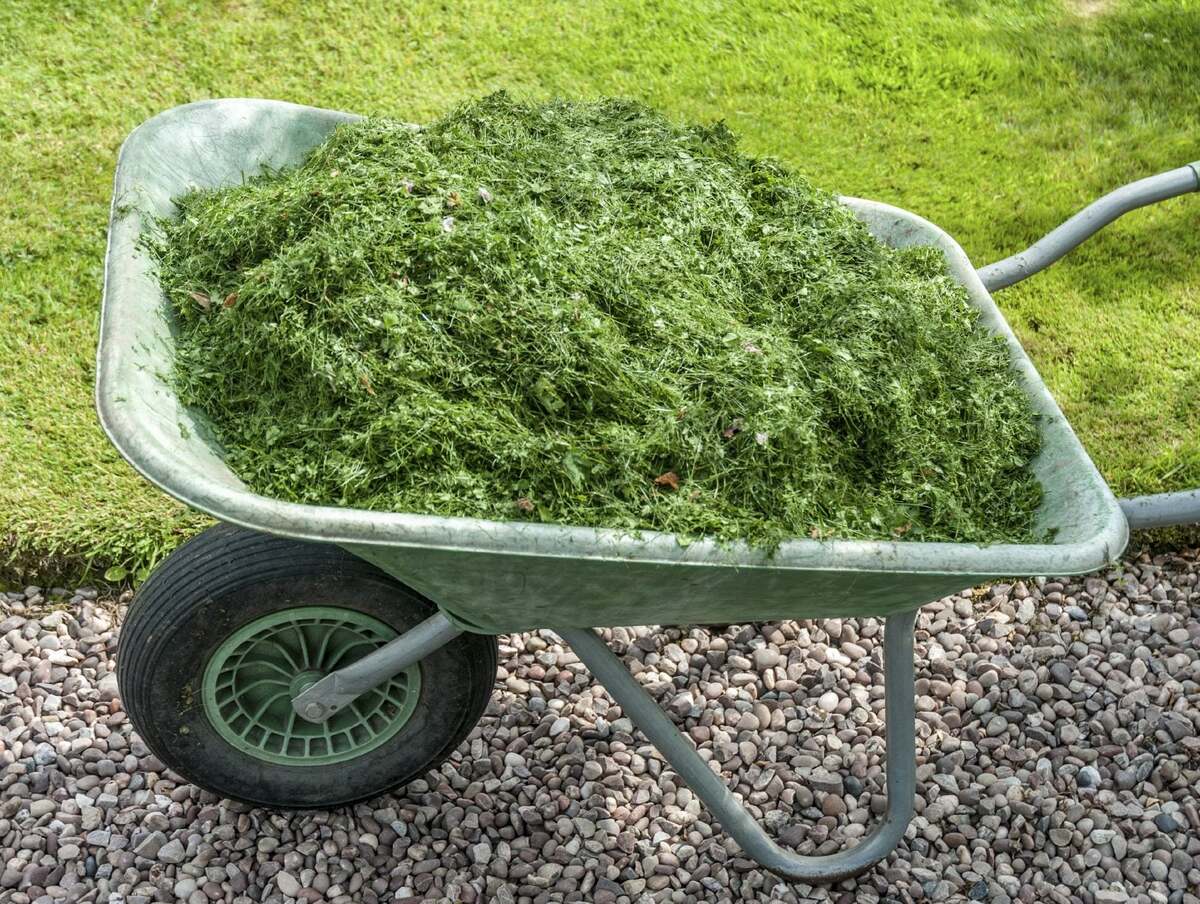

Landscaping Ideas
When To Mulch Your Grass
Modified: April 1, 2024
Discover the best time to mulch your grass for a lush, healthy lawn with these expert landscaping ideas. Learn the benefits of mulching and how to do it effectively.
(Many of the links in this article redirect to a specific reviewed product. Your purchase of these products through affiliate links helps to generate commission for Storables.com, at no extra cost. Learn more)
Benefits of Mulching Your Grass
Mulching your grass offers a myriad of benefits that contribute to the overall health and beauty of your lawn. Here are some of the key advantages of mulching:
-
Moisture Retention: Mulch acts as a protective barrier, reducing water evaporation from the soil. This means your grass can retain moisture for longer periods, especially during hot and dry weather conditions.
-
Weed Suppression: A layer of mulch helps to smother weed growth by blocking out sunlight and creating an unfavorable environment for weed seeds to germinate. This reduces the need for manual weeding and minimizes the competition for nutrients among plants.
-
Soil Insulation: Mulch acts as a natural insulator, regulating soil temperature by keeping it cooler in the summer and warmer in the winter. This is particularly beneficial for the root systems of grass, promoting healthy growth and resilience.
-
Nutrient Enrichment: Organic mulches, such as grass clippings and shredded leaves, gradually decompose and release essential nutrients into the soil. This natural fertilization process enhances the overall fertility of the soil, supporting robust grass growth.
-
Erosion Prevention: Mulch helps to prevent soil erosion by reducing the impact of heavy rain and wind on the ground. This is especially important on sloped areas where soil erosion can be a significant concern.
-
Enhanced Aesthetic Appeal: A well-mulched lawn presents a neat and polished appearance, adding to the overall visual appeal of your outdoor space. Mulch provides a uniform backdrop for your grass, flower beds, and landscaping features, creating a cohesive and attractive landscape.
-
Promotion of Soil Health: Mulch encourages the development of beneficial microorganisms in the soil, fostering a healthy and balanced ecosystem underground. This microbial activity contributes to improved soil structure and overall soil health.
By mulching your grass, you can enjoy these numerous benefits while simultaneously reducing the maintenance demands of your lawn. It's a simple and effective way to nurture a vibrant and thriving outdoor environment.
Key Takeaways:
- Mulching your grass offers benefits like retaining moisture, suppressing weeds, and enriching soil nutrients. It also enhances the aesthetic appeal of your lawn, making it a simple way to nurture a vibrant outdoor environment.
- When mulching your grass, choose the right type of mulch for your lawn’s needs and aesthetic preferences. Timing is crucial, so consider the season and specific requirements of your lawn for optimal mulching benefits.
Read more: What To Do When Grass Grows Through Mulch
Types of Mulch for Your Grass
When considering mulching your grass, it’s essential to explore the various types of mulch available to determine the most suitable option for your lawn. Here are some popular types of mulch for grass:
- Organic Mulch: Organic mulches, such as grass clippings, shredded leaves, and compost, are derived from natural materials. These mulches gradually break down over time, enriching the soil with nutrients and improving its structure. Organic mulches also contribute to moisture retention and weed suppression, making them an eco-friendly choice for mulching your grass.
- Inorganic Mulch: Inorganic mulches, such as gravel, stones, and landscape fabric, provide long-lasting coverage and effective weed control. While they don’t decompose or enrich the soil, inorganic mulches offer excellent erosion control and can enhance the visual appeal of your lawn. However, they may not be as beneficial for soil health as organic options.
- Bark Mulch: Bark mulch, derived from the bark of various tree species, is a popular choice for mulching grass. It comes in different textures and colors, adding a decorative element to your lawn while providing insulation and weed suppression. Bark mulch is known for its durability and ability to enhance the aesthetic appeal of landscaping beds and pathways.
- Wood Chips: Wood chips, often made from chipped or shredded tree branches, offer effective weed control and moisture retention for grass. They decompose slowly, providing long-term benefits to the soil. Wood chips are available in different sizes and can be an attractive addition to your lawn while promoting soil health.
- Rubber Mulch: Made from recycled rubber materials, rubber mulch is a sustainable option that offers excellent weed suppression and moisture retention. It is long-lasting and provides a cushioning effect, making it suitable for areas where children play. While it doesn’t decompose, rubber mulch is a low-maintenance choice for mulching grass.
Each type of mulch has its unique characteristics and benefits, so it’s important to consider your specific lawn requirements and aesthetic preferences when choosing the most suitable mulch for your grass. Whether you prioritize organic enrichment, long-term durability, or decorative appeal, there’s a mulch type that can meet your landscaping needs.
Best Time to Mulch Your Grass
Mulching your grass at the optimal time is crucial for maximizing its benefits and promoting the health of your lawn. The best time to mulch your grass depends on various factors, including the season, weather conditions, and the specific needs of your lawn. Here are key considerations for timing your grass mulching:
- Spring: Early spring is an ideal time to apply mulch to your grass. As the soil begins to warm up, mulch helps to retain moisture, inhibit weed growth, and regulate soil temperature. It also provides a protective layer for emerging grass and promotes healthy root development as the growing season kicks off.
- Summer: In hot summer months, mulching your grass can be beneficial for conserving moisture and shielding the soil from excessive heat. Applying a layer of mulch during summer helps to mitigate water evaporation and maintain optimal growing conditions for your grass, especially during dry spells.
- Fall: Fall is another opportune time to mulch your grass, particularly as the temperatures cool down and grass growth slows. Mulch aids in insulating the soil, protecting the grass roots from temperature fluctuations, and preparing the lawn for the winter months. It also contributes to nutrient enrichment as organic mulches decompose over time.
- Winter: While grass mulching is less common during winter, it can still be beneficial in regions with milder climates. Mulch provides insulation and protection for the grass during frost and cold snaps, minimizing the risk of winter damage and promoting a healthier lawn when spring arrives.
It’s important to consider the specific needs of your lawn when determining the best time to mulch. Factors such as local climate, soil moisture levels, and grass growth patterns can influence the timing of mulch application. Additionally, regular maintenance and inspection of your lawn can help identify when mulching is most beneficial for sustaining its health and vitality.
By aligning your grass mulching efforts with the seasonal requirements of your lawn, you can optimize the advantages of mulch and contribute to the long-term well-being of your outdoor space.
Mulch your grass in the spring or fall to help retain moisture, suppress weeds, and improve soil health. Avoid mulching in the summer to prevent heat stress on the grass.
How to Mulch Your Grass Effectively
When it comes to mulching your grass, employing effective techniques ensures that you maximize the benefits of mulch while promoting the health and vitality of your lawn. Here are key steps to mulch your grass effectively:
- Prepare the Lawn: Before mulching, it’s essential to mow the grass to an appropriate height and clear the area of debris, such as fallen leaves and branches. This creates a clean and uniform surface for applying the mulch.
- Choose the Right Mulch: Select a suitable type of mulch based on the specific needs of your lawn and your aesthetic preferences. Consider factors such as moisture retention, weed suppression, and soil enrichment when choosing the most appropriate mulch for your grass.
- Apply an Even Layer: Spread the mulch evenly across the lawn, ensuring consistent coverage without creating thick mounds or bare patches. Aim for a depth of around 2 to 3 inches, as excessive mulch can suffocate the grass and hinder its growth.
- Avoid Mulch Contact with Stems: When mulching around trees, shrubs, or garden beds, take care to keep the mulch away from the stems and trunks of plants. Direct contact between mulch and plant stems can lead to moisture retention and pest issues, potentially harming the plants.
- Refresh Mulch as Needed: Over time, mulch may decompose or become compacted, necessitating periodic refreshing. Inspect the mulch layer regularly and add additional mulch as required to maintain the optimal depth and coverage for your grass.
- Mulch in Layers: For particularly challenging areas, such as slopes or uneven terrain, consider mulching in layers to ensure stability and effective coverage. Layering mulch gradually can prevent erosion and promote long-term mulch durability.
- Monitor Moisture Levels: After mulching, monitor the moisture levels of the soil to ensure that the mulch is effectively retaining water without causing excessive saturation. Adjust the mulch depth and watering schedule as needed to maintain balanced soil moisture.
- Consider Professional Assistance: If you’re uncertain about the best mulching practices for your lawn or if you have extensive landscaping needs, consulting with a professional landscaper can provide valuable insights and ensure optimal mulching outcomes.
By following these effective mulching techniques, you can nurture a lush and resilient lawn while reaping the numerous benefits that mulch offers. Thoughtful and diligent mulching practices contribute to the overall well-being and visual appeal of your outdoor space.
Common Mistakes to Avoid When Mulching Your Grass
While mulching your grass can significantly benefit your lawn, it’s important to be mindful of common mistakes that can hinder the effectiveness of mulch and potentially harm your grass. By avoiding these pitfalls, you can ensure that your mulching efforts contribute to a healthy and vibrant lawn. Here are some common mistakes to steer clear of when mulching your grass:
- Over-Mulching: Applying an excessive layer of mulch can suffocate the grass and lead to moisture retention issues. It’s essential to maintain an appropriate depth of around 2 to 3 inches, allowing for adequate air circulation and preventing the grass from being smothered.
- Direct Contact with Plant Stems: Placing mulch directly against the stems or trunks of trees, shrubs, or plants can create a favorable environment for pests and diseases. Leave a small gap between the mulch and plant bases to discourage moisture buildup and potential harm to the plants.
- Using Inappropriate Mulch Types: Choosing mulch solely based on aesthetics without considering its suitability for your lawn’s needs can lead to suboptimal results. Ensure that the selected mulch type aligns with your grass’s requirements for moisture retention, weed suppression, and soil enrichment.
- Neglecting Mulch Refreshing: Over time, mulch can break down or become compacted, losing its effectiveness. Neglecting to periodically refresh the mulch layer can diminish its benefits and compromise its ability to support healthy grass growth.
- Ignoring Soil Moisture Levels: Failing to monitor the soil moisture levels beneath the mulch can result in overwatering or underwatering, impacting the health of your grass. Regularly assess the soil’s moisture content and adjust watering practices accordingly to maintain optimal conditions.
- Applying Mulch Too Early in Spring: Mulching too early in the spring, before the soil has adequately warmed, can impede the growth of grass and other plants. Wait for the soil to warm up and for consistent spring weather before applying mulch to support healthy lawn development.
- Neglecting Lawn Preparation: Skipping essential preparatory steps, such as mowing the grass to an appropriate height and clearing debris, can compromise the effectiveness of mulch application. Proper lawn preparation sets the stage for successful mulching outcomes.
- Using Contaminated Mulch: Utilizing mulch that contains seeds from invasive plants or harmful chemicals can introduce unwanted elements to your lawn. Ensure that the mulch is sourced from reputable sources and is free from contaminants that could negatively impact your grass.
By avoiding these common mulching mistakes and adhering to best practices, you can harness the full potential of mulch to nurture a thriving and resilient lawn. Thoughtful and attentive mulching techniques contribute to the long-term health and beauty of your outdoor landscape.
Frequently Asked Questions about When To Mulch Your Grass
Was this page helpful?
At Storables.com, we guarantee accurate and reliable information. Our content, validated by Expert Board Contributors, is crafted following stringent Editorial Policies. We're committed to providing you with well-researched, expert-backed insights for all your informational needs.
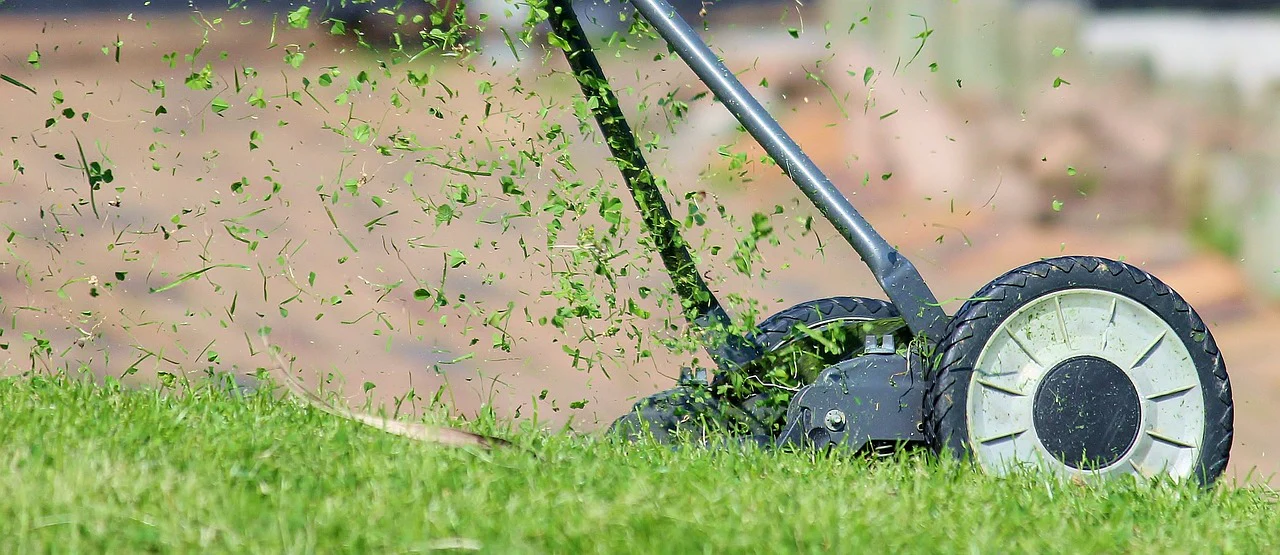
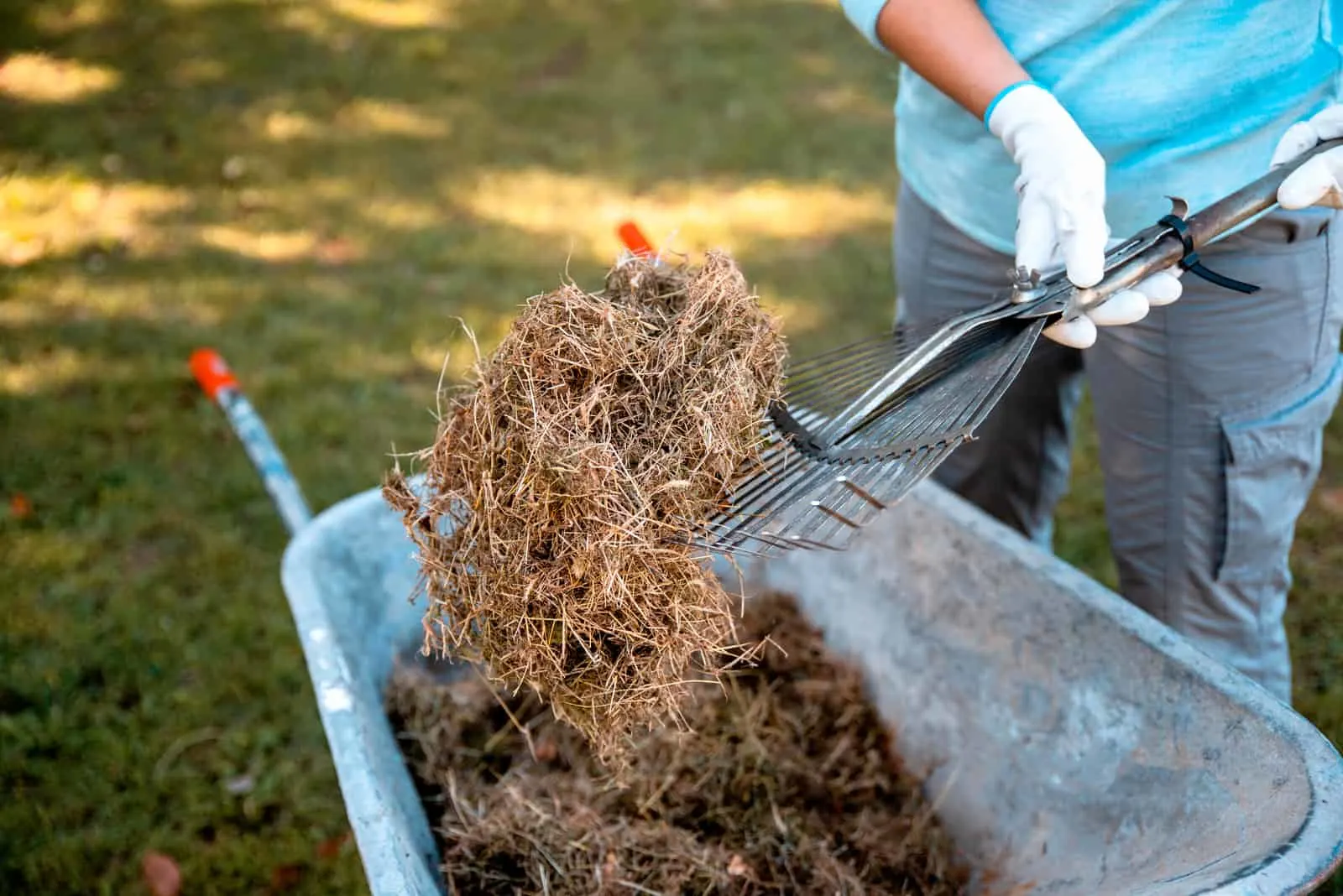
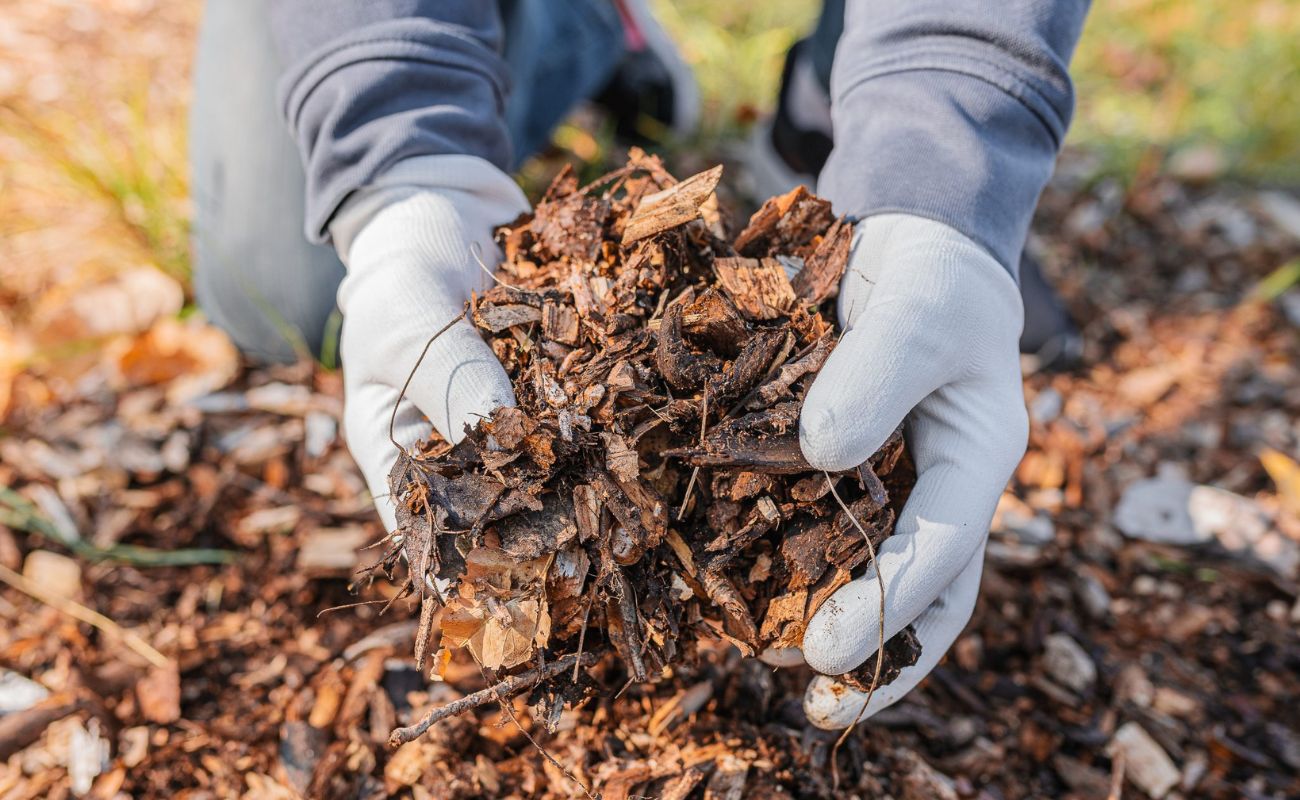

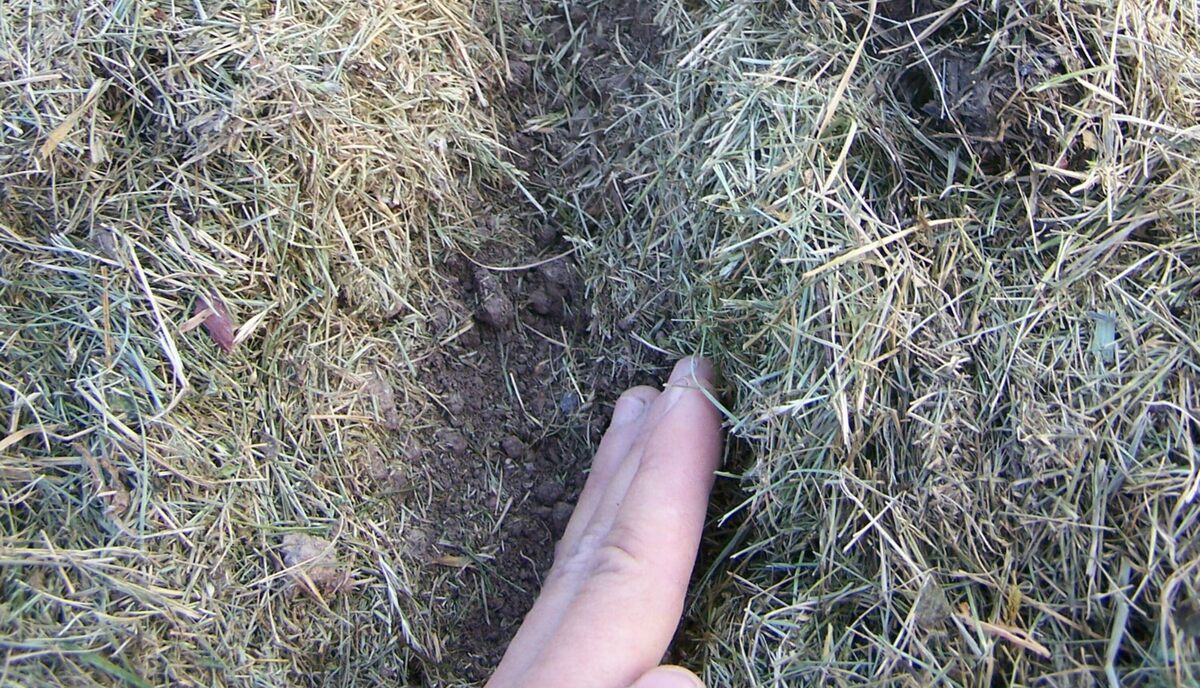
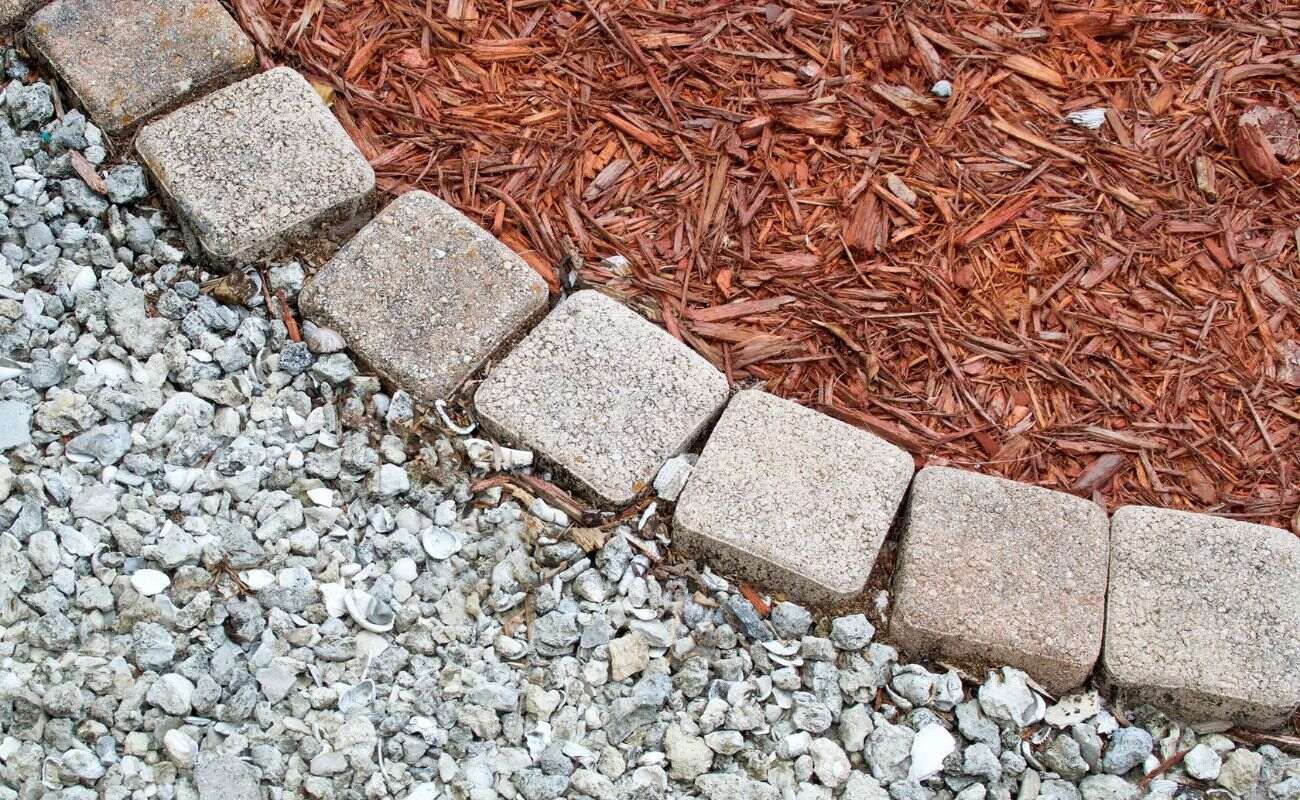
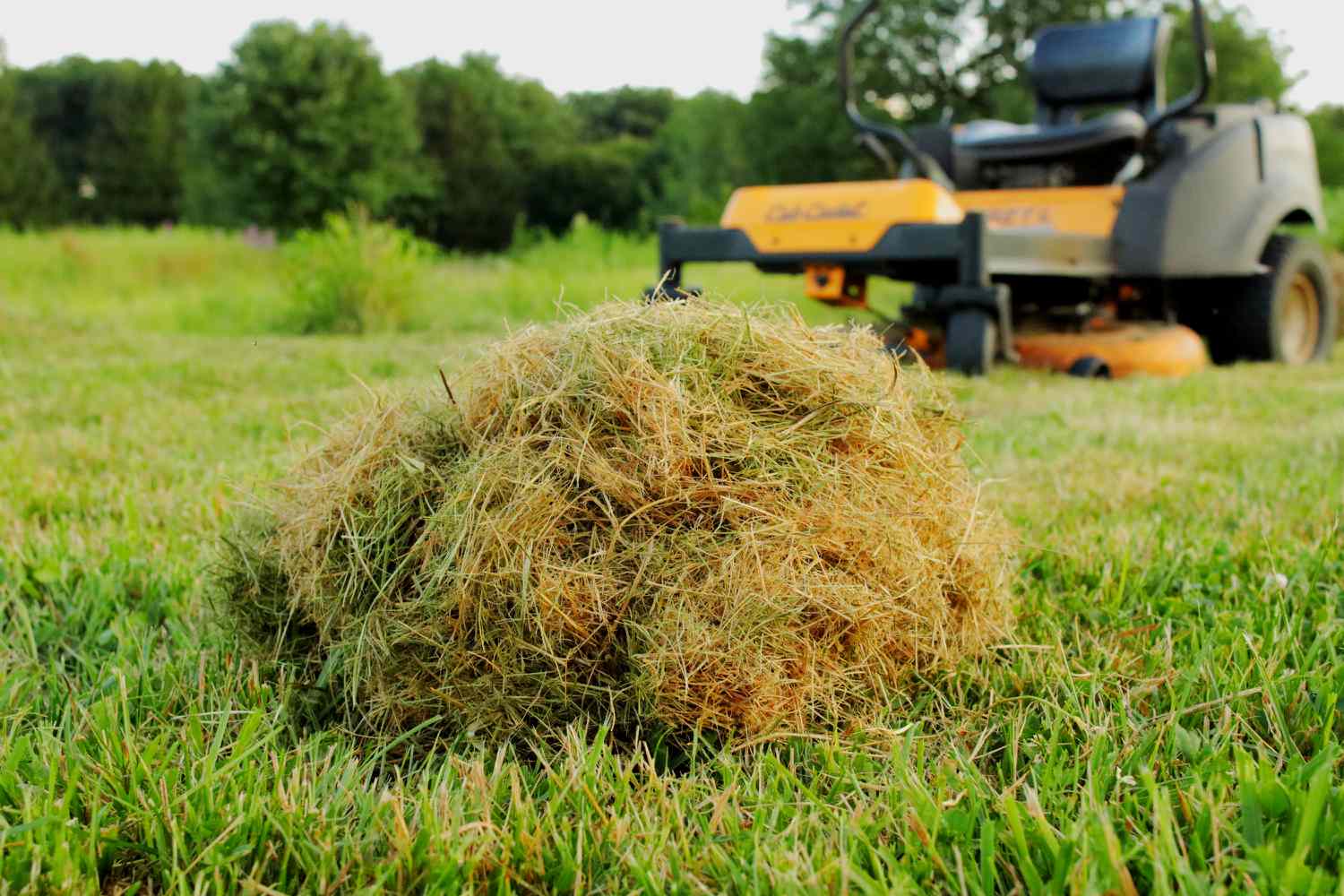
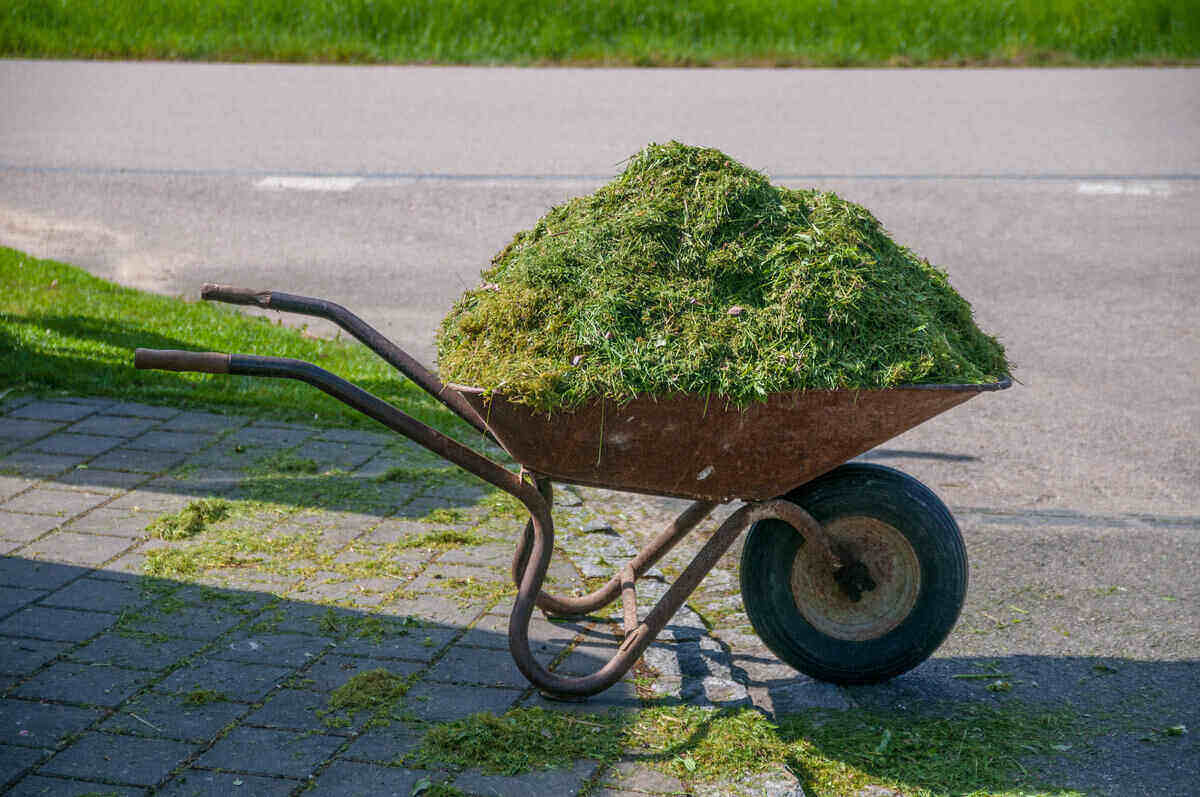
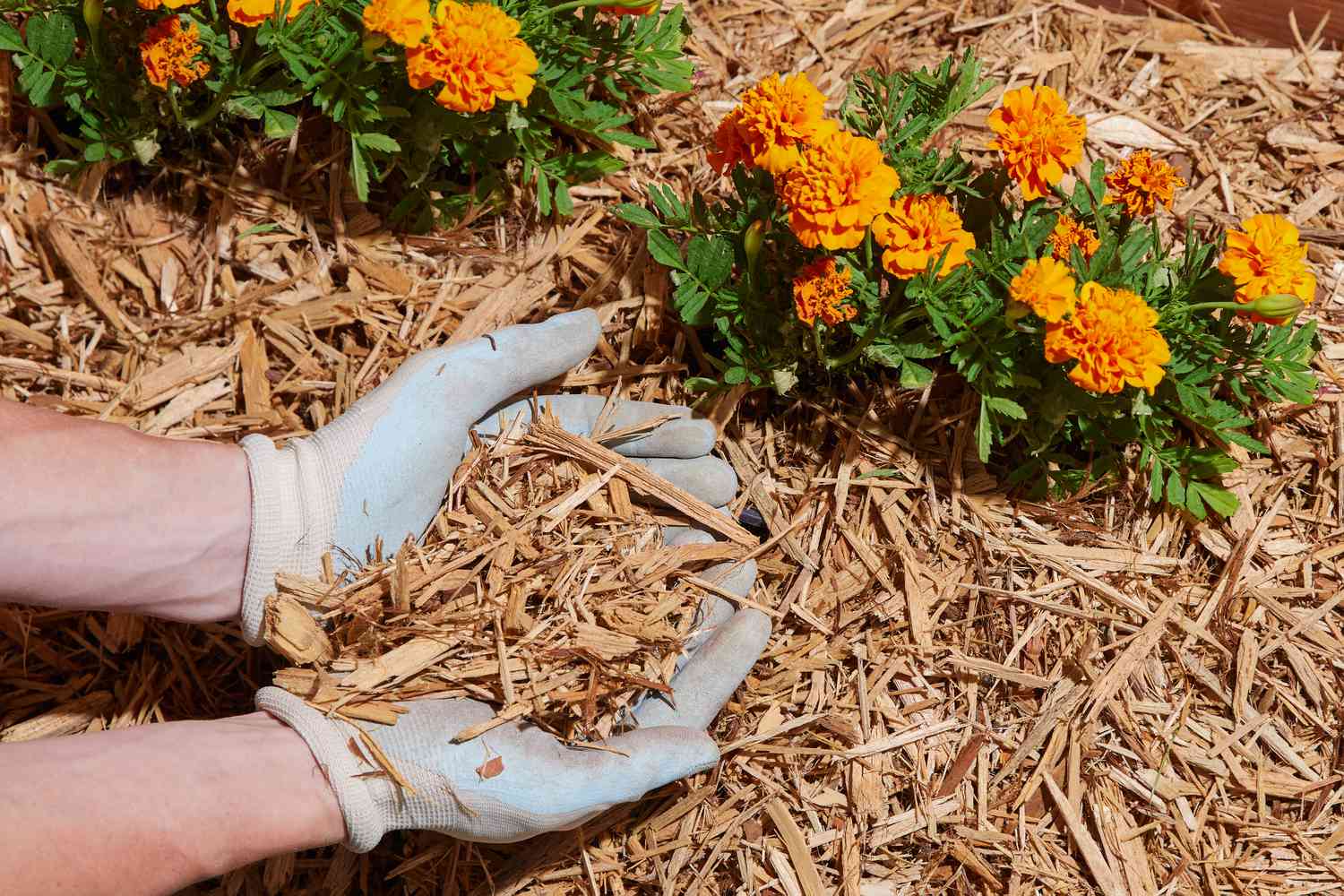
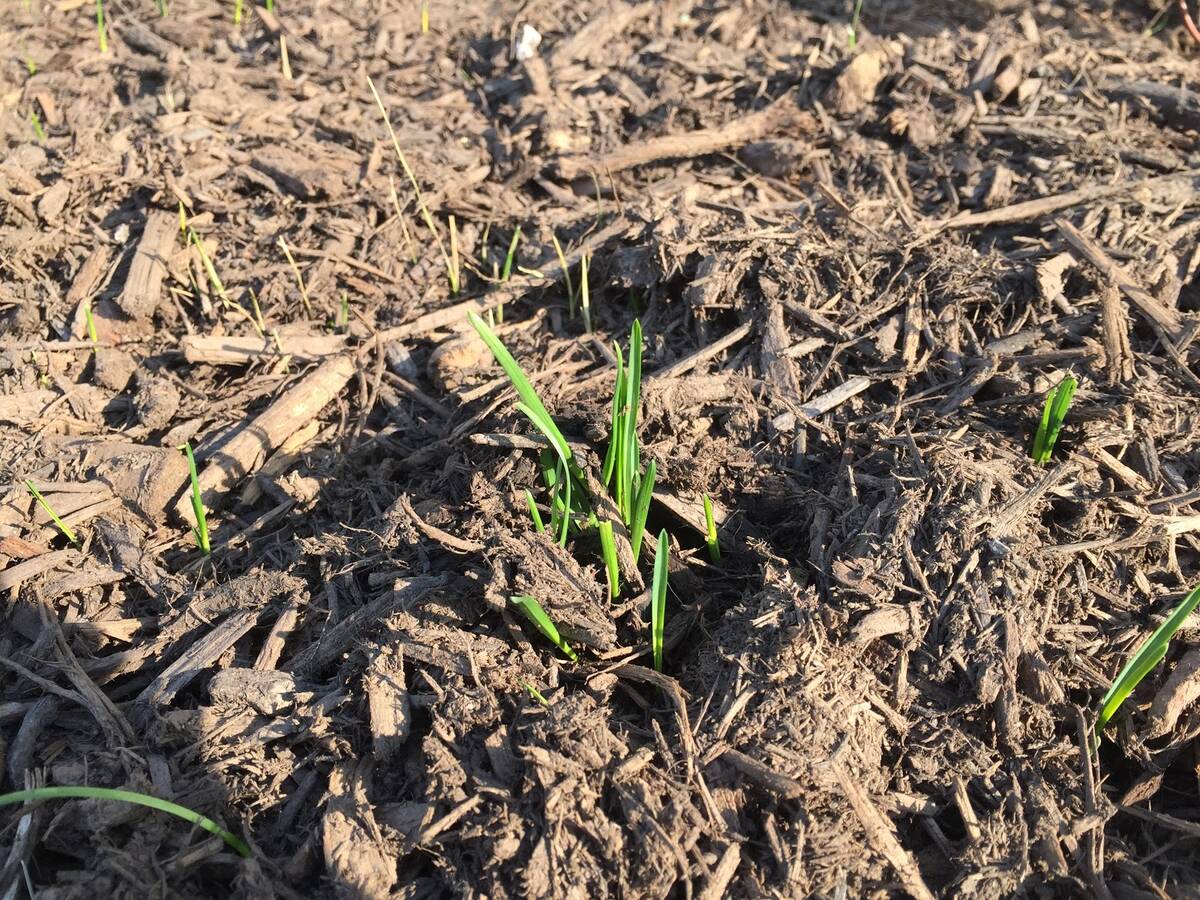
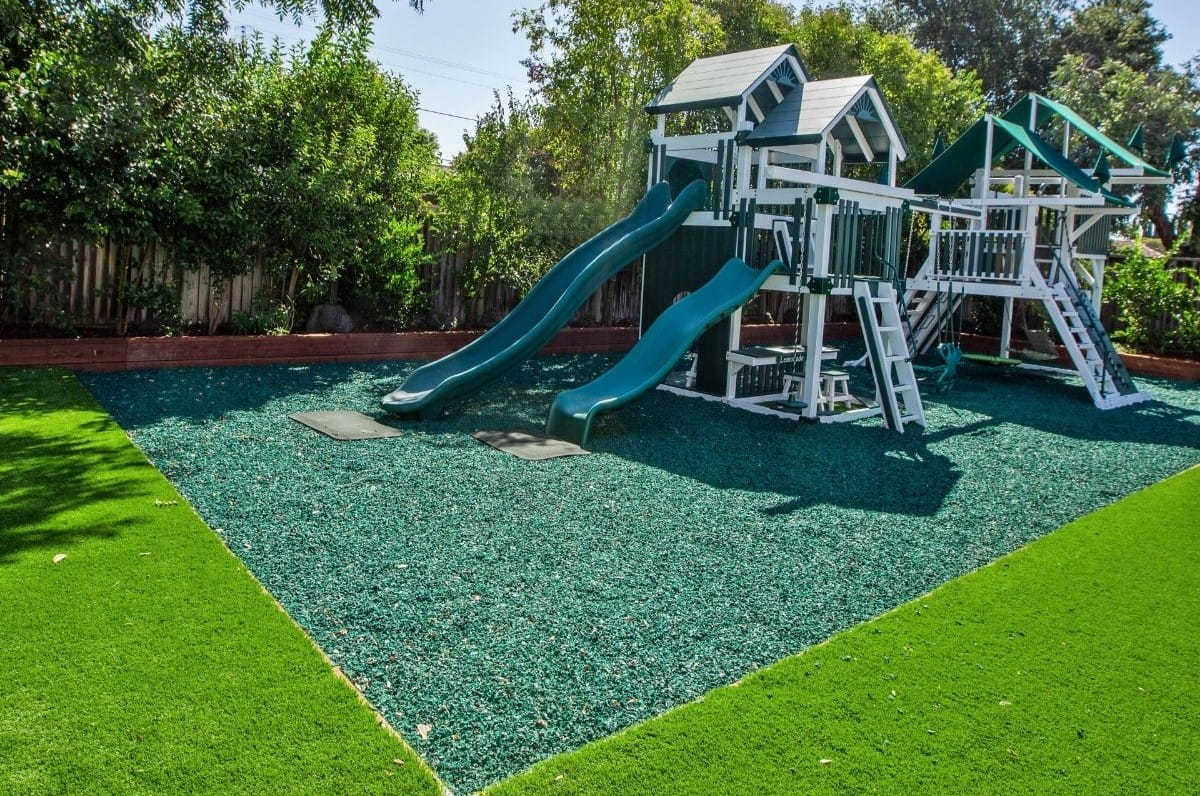
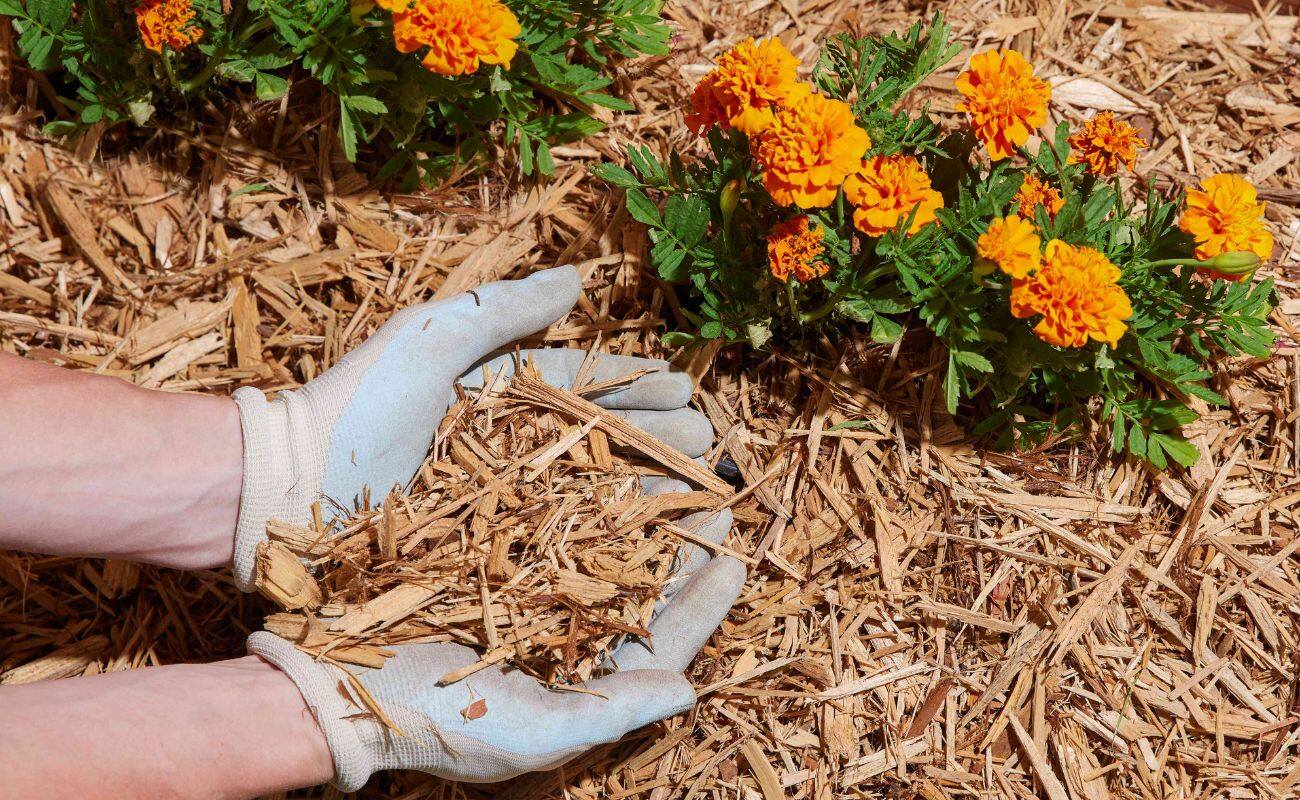
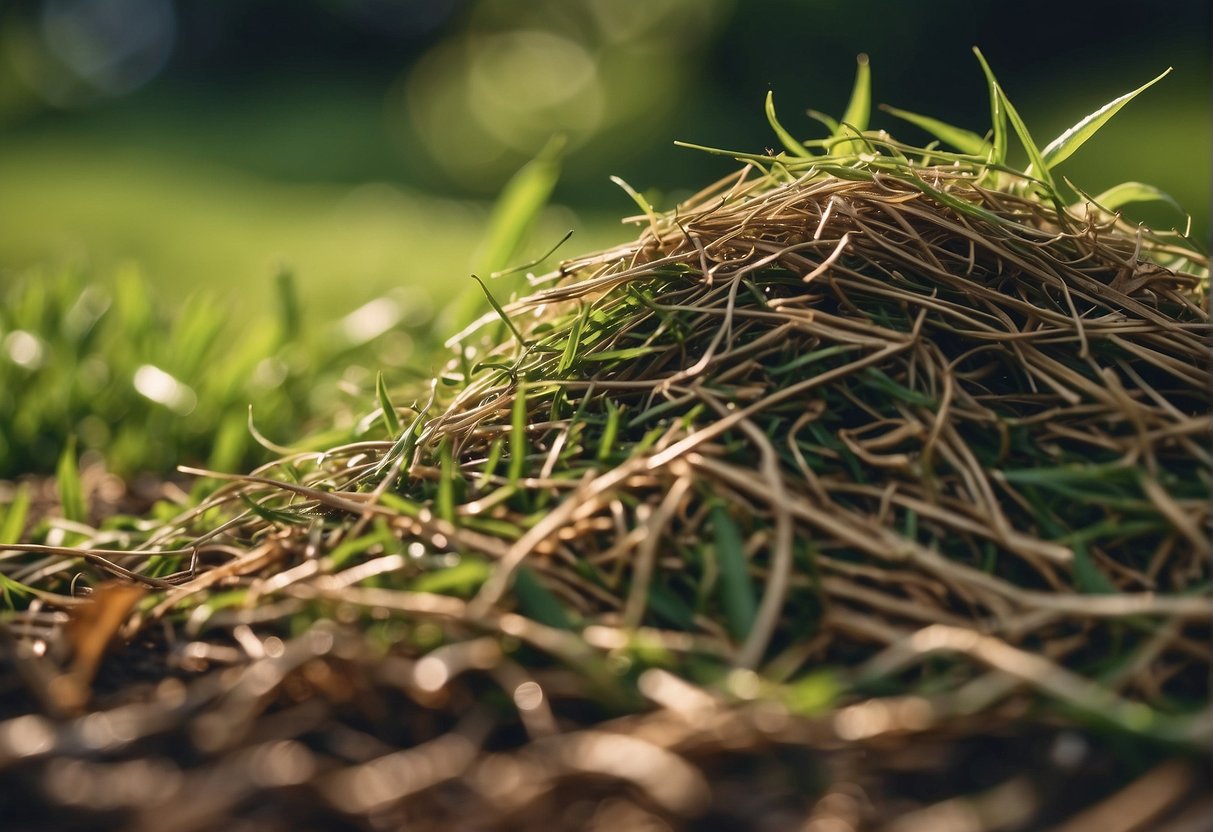
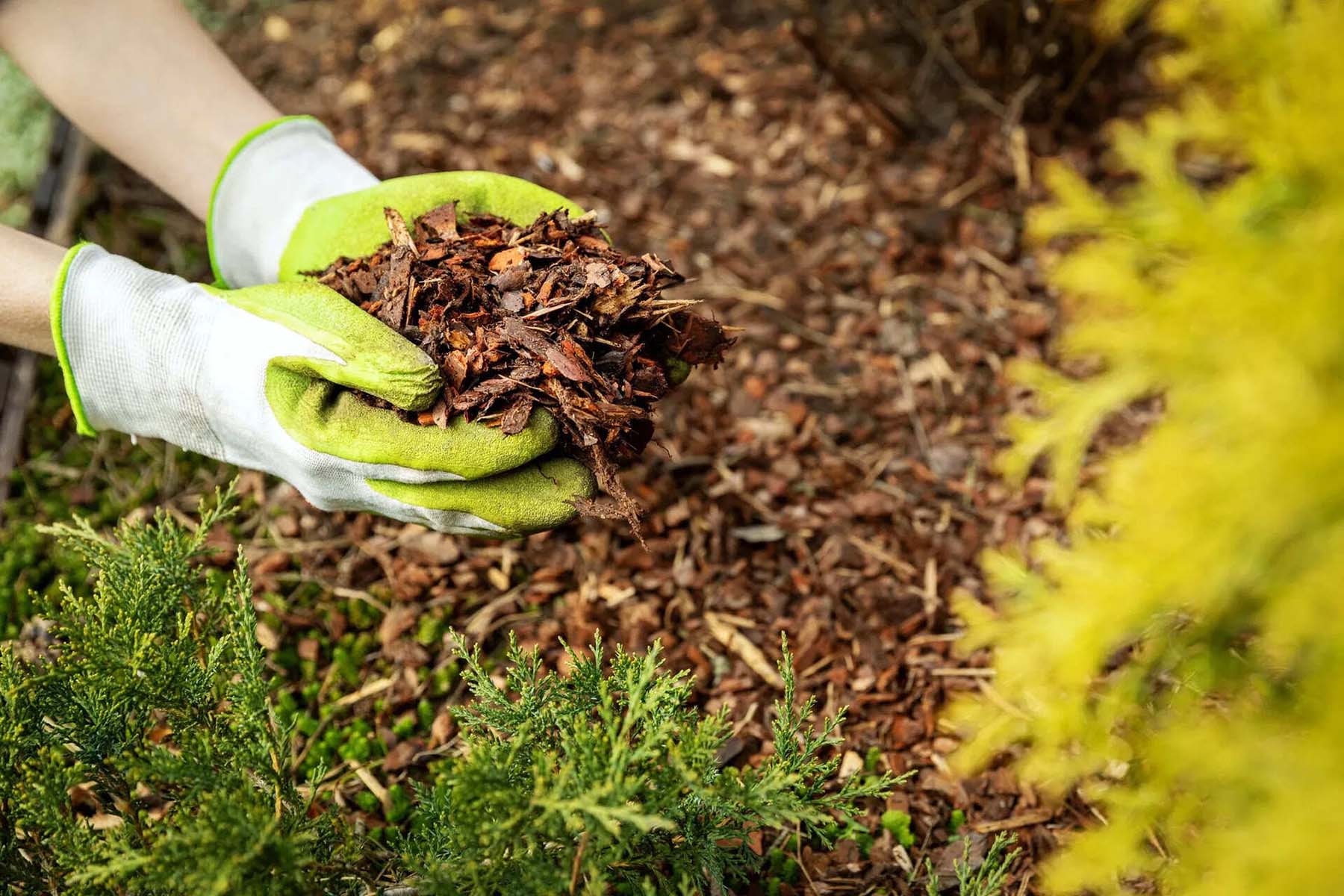
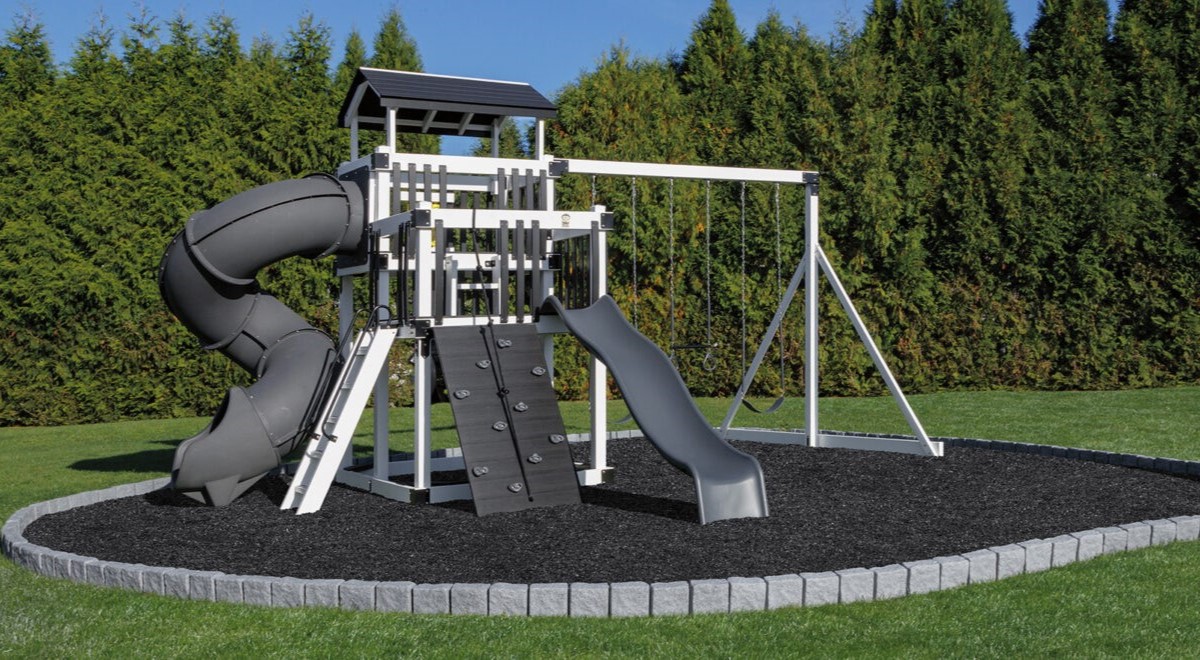

0 thoughts on “When To Mulch Your Grass”